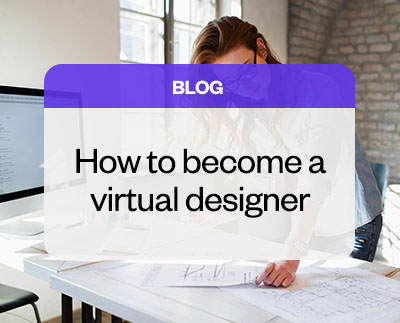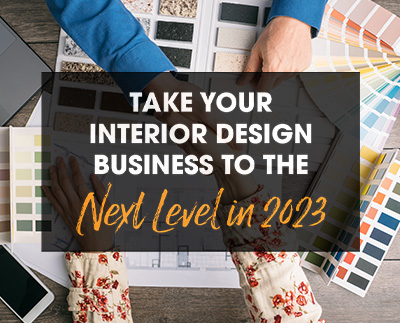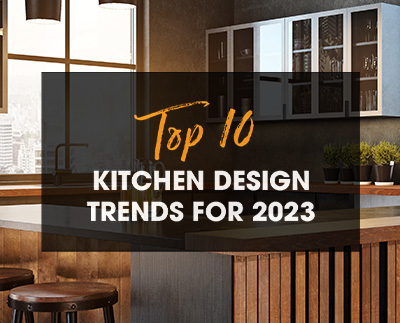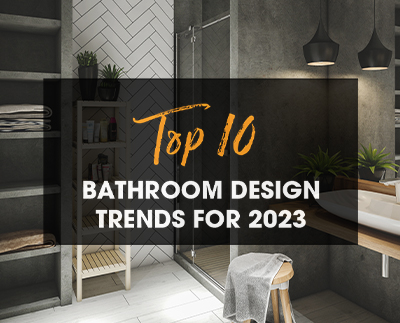
Scent producers, a vibrating chair, stereo speakers and a stereoscopic 3D screen in a large booth with four seats. Welcome to the first-ever virtual reality experience.
Patented in 1962, cinematographer Morton Heilig believed Sensorama – his hodgepodge of “modern” technologies – would become the “cinema of the future.” But like most mass adoptions of technology, there wasn’t a fast linear path from invention to widespread acceptance.
Today, even after pandemic-related isolations nudged us toward virtual meetings, remote work, online social gatherings and further forays into the meta world, the idea of using technology to connect to something larger still seems novel.
For kitchen and bath designers, the excitement associated with new technologies bringing people closer together is something to be harnessed. It represents an incredible opportunity to not just reach a larger market, but to genuinely connect with customers in a way that wasn’t previously possible.
Sounds exciting, right? So, how does one become a virtual designer and find success in this emerging field?
Step 1: Build a solid foundation of knowledge and know-how

The first step is to gather a foundational knowledge in kitchen and bath design. Choose your own metaphor – the foundation of a house, the roots of a tree, training for a race, etc. – for why a strong base of knowledge and know-how will set you up for future success in your career.
The best part is that right now is a great time to get started. With the number of online resources and accredited courses available, it’s never been easier to develop an understanding of techniques and how to fit all the different types of kitchen and bath layouts, materials, products and appliances into your designs.
Your more established design colleagues will also be the first to tell you that a design education is an ongoing one. Long after you’ve finished your formal training, you’ll find no shortage of ongoing education opportunities in the form of blog posts, trend reports, trade publication articles, webinars and live event seminars. The right design software will also boost your knowledge base with ongoing training options.
Step 2: Choose the best design software for you
Speaking of the right design software...
To become a virtual designer, you’re going to need to familiarize yourself with the best virtual tools for not only creating designs, but also streamlining your workflow. That means choosing the right design software.
While we’re not exactly impartial, we’d be remiss if we didn’t mention that 2020 Design Live has you covered when it comes to both creating amazing virtual renderings and managing your virtual business.
Whether you’re just starting out or a seasoned pro, 2020 Design Live gives you the ability to create stunning, photo-realistic renderings.
Step 3: Build your design portfolio
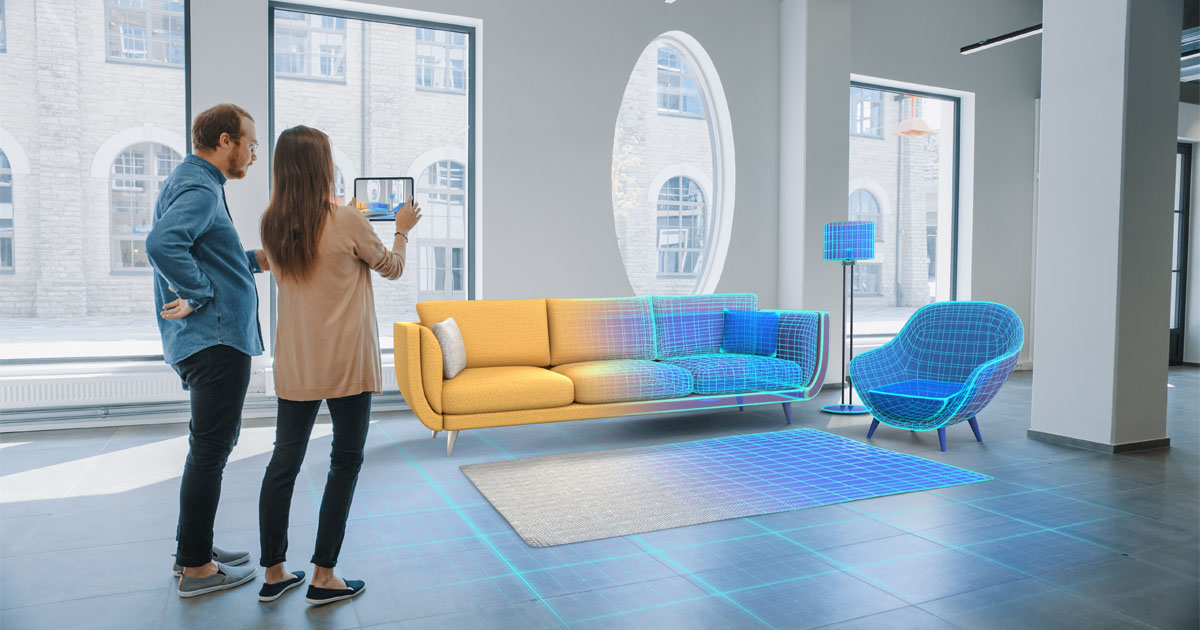
Being the best designer in the world without a portfolio is a bit like a tree falling in the forest with no one around. As a virtual designer, your work needs to be making a sound. That means showing your potential clients what you can do.
A full portfolio should not only include examples of your design work, but also testimonials from satisfied clients. It might be helpful to include before-and-after images as well. Think of it as a resume. Include any elements that might instill a sense of confidence in anyone considering hiring you to design their kitchen or bathroom.
For more ideas and tips, check out our helpful guide to creating a digital portfolio that will stand out from the competition and attract more leads.
Step 4: Market your design business
An attractive portfolio is the first step toward marketing yourself. It’s crucial to create a brand for your virtual business by establishing an online presence through a website, social media, organic search engine optimization and paid advertising.
However, just because your design business is virtual, it doesn’t mean you should limit your marketing activities to only digital solutions. Take advantage of networking opportunities at events, trade shows and seminars. You can also reach out to home builders, contractors and others in the construction industry.
To learn more about successful marketing strategies for interior design businesses, download our eBook on this very topic, and begin promoting your services, your brand and, ultimately, yourself in the most effective manner possible.
Step 5: Look to the future of design

As we mentioned at the beginning of this post, the term virtual – despite being around for decades – still connotates something new and exciting. As a virtual designer, you should be living up to this sentiment. Not only will this lead to staying ahead in a competitive environment, but it will also contribute to your reputation as a business that’s always on the leading edge.
You can accomplish this in a couple ways:
Earlier, we touched on the value found in continuing a design education throughout your career. The importance of staying up to date on the latest trends and technologies, while also continuing to hone your skills by taking courses, can't be overstated.
But equally important is using the newest tools to craft your designs and share your renderings with clients. Again, we come back to what 2020 Design Live can offer. There are several features of our software designed to put the “virtual” in virtual designer:
- Design Live’s 360° Panorama renderings provide your clients with an immersive 3D experience that makes them feel like they’re right inside the new design – all from the comfort of their home. And if they have a virtual reality viewer, they can use VR mode to make that experience even more captivating.
- The latest enhancement to 360° Panorama is a Multi-point feature that allows your clients to easily navigate a rendering from different viewpoints and perspectives so that they can see the design from all angles.
- Perhaps best of all, our new Live Share feature allows you to collaborate in real-time with your customers. Make changes together even while apart and ensure your client feels as though they’re part of the entire design process.
Opportunity knocks
To become a virtual interior designer, you need a combination of knowledge, expertise and marketing skills. By following the steps above, you can establish yourself in this emerging sector and build a successful career. However, these are broad strokes.
To get into the nitty-gritty, check out this webinar with Crystal Bright, who will walk you through the process, benefits and challenges of becoming a virtual designer. As the founder of 3D Bright Design Inc, Crystal has worked with clients from around the world, leveraging the power of virtual design to deliver exceptional results.
While Morton Heilig might have been wrong about his Sensorama becoming “the future of cinema,” he was right about how effective a total experience can be. You’ll see this when your potential customers “experience” the space you create for them. And once you’re ready to deliver your own exceptional results as a virtual designer, we want you to experience our software, as well.
Reach out to us for a free trial of 2020 Design Live, and don’t just see what it can do, but experience how it sets you up for success as a virtual designer.
Share this Post

